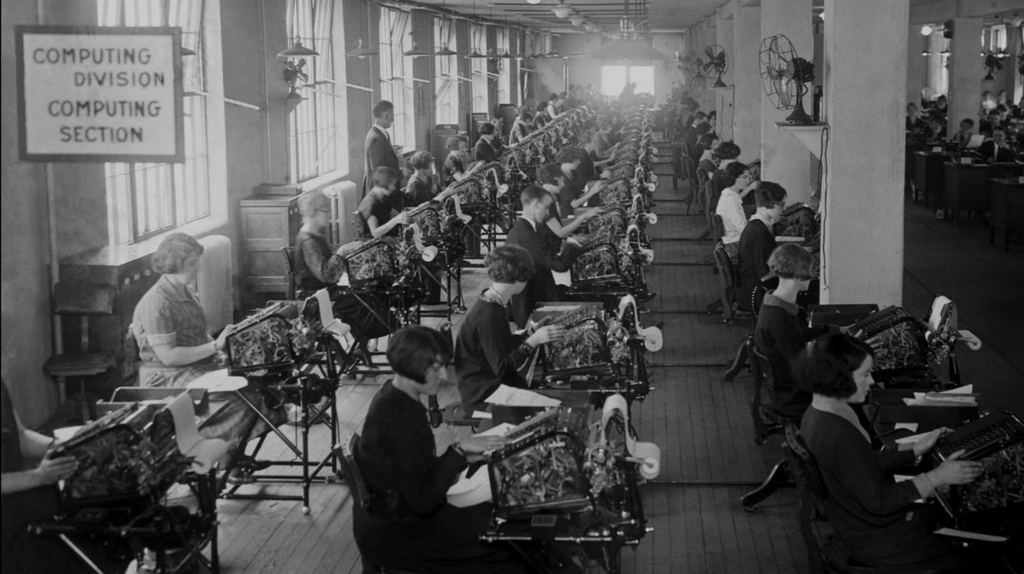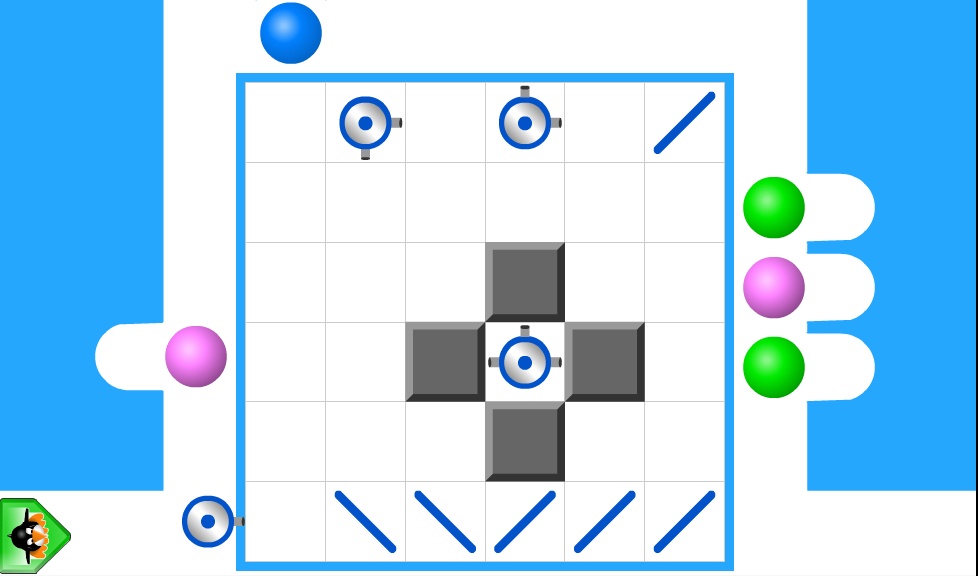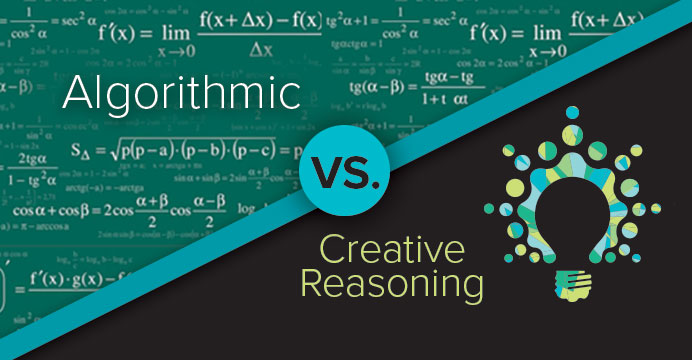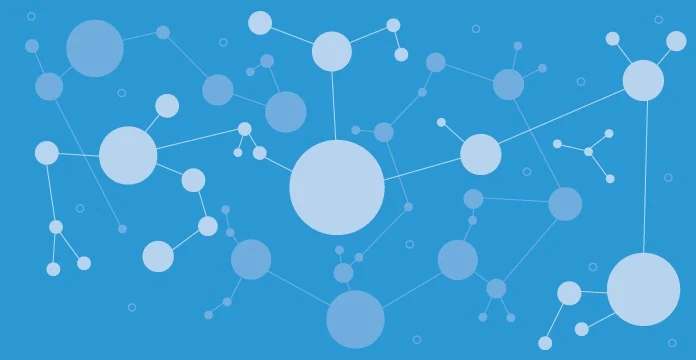Last week, my daughter brought home a practice math test. She’s in the fourth grade, doing fractions. I watched her pretty successfully tackle 39 problems, using various procedures to add and subtract tenths and hundredths, convert these fractions into decimals, and then on the very last question she got stuck.
Tony and Aisha both have containers. They use a marker to make tenths on their containers and fill each of them to a level of seven tenths with orange juice. How can Tony have more Orange Juice than Aisha?
It got me questioning: Why is she only being asked to think, to use creative reasoning, on the last question of the last test at the end of a unit on fractions?
This is symptomatic of a fundamental problem in mathematics education. We assume kids can only tackle conceptual questions after they have mastered the mechanics of an idea. We have it backwards and the consequences are negative and profound. Many students never experience opportunities to think in a math class and as a result they feel no connection to what they are learning. Unfortunately, the majority of students, certainly in the U.S., are measurably not proficient on national assessments and by the end of middle school—they come to the conclusion, “I’m not a math person.”
For the record, my daughter could not figure it out having never been asked anything like it previously. (The answer is that Tony and Alisha have different sized containers. Seven tenths of a small container is less than seven tenths of a big one).
Once upon a time, there was a reason for this educational emphasis on mechanics over understanding. My Mother was born in 1944, and was drilled to perform the traditional algorithms for addition, subtraction, multiplication, division and to convert fluently between fractions, decimals and percentages. In her time, having these skills set her up for a lifetime of successful employment! And she wasn’t alone. The need for humans to perform mechanical calculations quickly and accurately was widespread. It helped get us to the moon in 1969! But this systematic educational focus on mechanical fluency came with an “unwritten” rule: perform.
A 1942 memo from the National Committee for Aeronautics (NACA) sums it up perfectly. It says,
The volume of work often necessitates computers (people) who can perform the routine machine operations (math calculations) with great speed, but who need not have much logical insight into what the results should be.
Just let that sink in for a minute.
The educational vision of the era was that only a few people needed to understand mathematics, the rest just needed to be able to do it, like a machine.

So yes, my mother’s math education with the drill and kill approach worked for her back then. Yet, fast forward to 2024, and my daughter’s test with 39 questions is training her to do the exact same thing, decades later! With only one test question, almost as an afterthought, trying to make her reason creatively. Do you know how many jobs she’ll be able to get by just being good at procedural math? ZERO. And the number of jobs that will require creative reasoning, problem solving and flexible thinking is going to be, well, all of them. My daughter doesn’t need my mother’s math education.
We need change in math education, and we need it now. It is entirely possible, and hugely beneficial, to ask deep questions that push kids to think creatively about mathematical ideas at the start of any topic.
Take the test question as an example. If we introduce it early in the unit and encourage students to explore and discuss it, we can engage them in a meaningful way:
Tony and Aisha both have containers. They use a marker to draw a line halfway on their containers and fill each of them to the line with orange juice. How can Tony have more Orange Juice than Aisha?
This rephrased question naturally leads into big ideas: fractions must refer to the same whole, fractions split quantities into equal parts, and it not only challenges students to think about fractions in relation to volume, but also integrates their prior knowledge. The new idea is fun, intriguing, something to play with, and helps students grapple with the concept of fractions so that subsequently, the details, the tenths, the hundredths, and the procedures for adding and comparing them etc., have somewhere to fit. Our educational vision must become the opposite of the NACA memo; in 2024 there is no point in being able to perform mechanical calculations unless you understand what you’re doing.
If the old way of teaching math was to make you do it like a machine, today we need a new way of learning math so that our kids understand how things work and they can build the machines.
Follow along in the upcoming blog series, Rethinking Math Education: Preparing our Children for Tomorrow, as we explore this new way of learning and the neuroscience behind it, where understanding takes precedence, and every student can see themselves as “a math person”.



